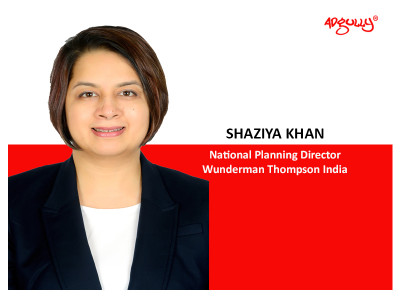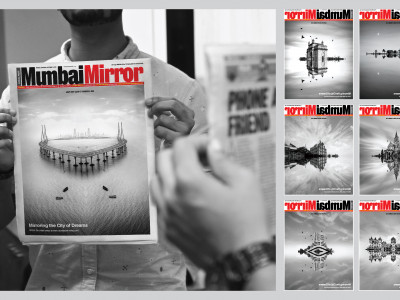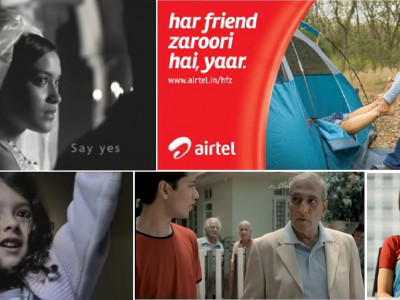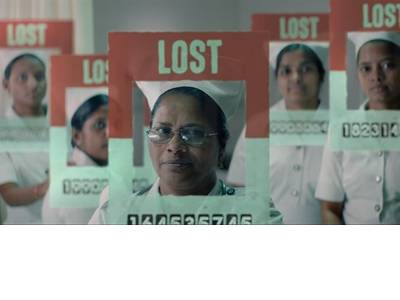Adgully Exclusive | How luxury brands can retain exclusivity by serving to a wider audience!
The study explains three phases, in the evolution of the market - luxurification, de-luxurification and re-luxurification. It also suggests a sense of "distance' as being the key to building long terms brand success.
On the occasion of world brand congress 2011, Adgully caught with Glyn Atwal, Professor of Marketing at ESC Dijon and Shaziya Khan, VP and Executive Planning Director at JWT to know the insights and the highlights of the study.
Briefing about the study, Glyn said, "JWT in partnership with French Grande Ecole together generated their first research study wherein the background was that there is a gap wherein small luxury brands knew very little about the perception of luxurification and in order to fill up this gap we initiated this study. While conducting the research we kind off conducted an online survey with luxury consumers where we asked them questions like have you ever consumed a luxury item in past six months which helped us to study the mindsets of luxury consumers and we were able to understand the perception of the consumers and need of the luxury item. And also how it has changed the mindsets as India is not the same India as like five years ago."
On further explanation, he said, "In coming five years India will at totally different level and hence it becomes necessary for the marketers to be on track."
But the question arises will, in the Indian context, luxury brands be able to use this study for their betterment. Answering this question, Glyn Atwal, said, "To a certain extent it is important to adapt and we have seen that most the Indian brands have started accepting this factor and also have started understanding the knowhow of their consumers and the need of their brand. Yes it will be useful for the brands for understanding the mind set of their consumers."
According to Glyn it has also been seen that many brands have started using bollywood stars as a marking for their brands and this shows that luxury brands have started accepting. But one should have the sense of who should be used as their brand endorser. Using a cricketer or a bollywood star is not enough. You should choose the right one.
It has also been observed that India is at the first state of development and Indian brands need to use their marketing strategies on right place and time.
Shaziya Khan, commenting on the study said, "Luxury brands need to retain the aura of prestige and exclusivity. Luxury brands have a range of techniques to evoke a sense of distance. This will give luxury brands a sustainable competitive advantage."
Glyn added saying that the most important and interesting part is that there is a huge potential not only in metro cities but also in tier 1 and tier II cities.
When asked, on the research front, how can JWT add a factor to it and how it can use for their clients as well, Shaziya Khan explained saying, "firstly, we are the ones who initiated the research as we always wanted to study the consumer's mindset towards luxury brands. Also I wrote about the concept "Distance' because there huge dilemma that if you have a premium or a luxury product then you need to sell it to wider audience but at the same time you also want to retain the exclusivity of the brand and so how you relate both as the statements are paradoxical."
Also she explained about two important factors, deluxurification and reluxurification. She says, "As luxury brands reach out to newer affluent and aspirational consumers, luxury brands risk eroding their brands perceived exclusiveness. Luxury brands can reach out to the affluent masses but they need to retain the aura of prestige and exclusivity. This is about creating a sense of distance. If something is within reach, you don't value it as much as you value something that is far from you or beyond you."
Speaking about the growth expectations in next five years, Glyn said, "A 20% growth is predicted in coming future in Indian market. But there is much more growth expected in other categories like, jewellery, 30% in cars, fine dining will increase by 40%. Basically it is interesting to see how the market is growing at a rapid speed. " Shaziya added, "the category of hand bags is projected to grow remarkably."
Further explaining this point, Shaziya said, "Today luxury is equivalent to enjoyment. Today if people have the access they would love to use the rewards of luxury. It is not like an alloon that you can buy and expect you further generation would use it. It is all about the experience how and now."
The study which was done through online survey, was targeted to consumers between the age group of 25-45 across India, who had indulged in luxury shopping in the preceding 6 months of the survey. The findings of the survey indicated that only 43% of respondents agreed that luxury brands are of significant higher quality than non-luxury brands. | By Aanchal Kohli [aanchal(at)adgully.com]
















Share
Facebook
YouTube
Tweet
Twitter
LinkedIn